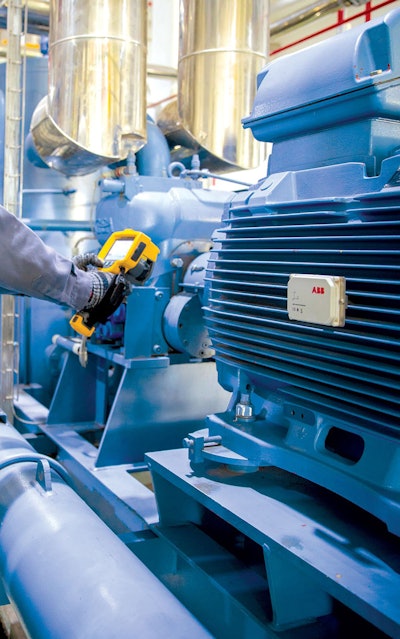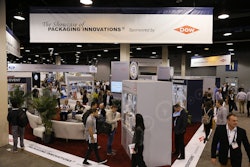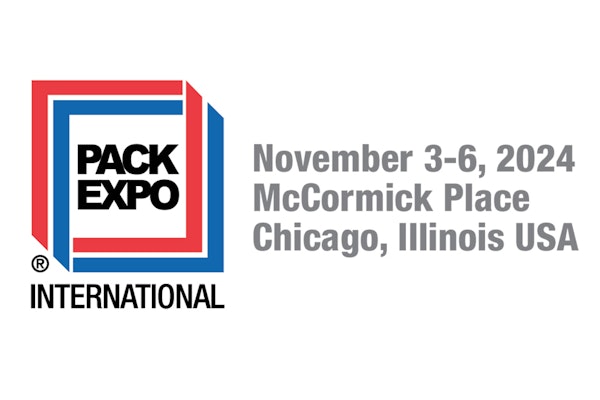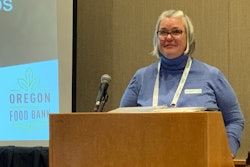
Exception-based monitoring for operators is what many plant managers have identified as the crucial first steps in adding sensing to the factory floor and executing better efficiencies for production lines. (See “Smart manufacturing applications say hello to food processors.”) However, new digital plant solutions only work as well as the nondigital operational procedures and processes that are in place.
“Once manufacturers have studied their processes and know the critical information, then the data has to be reliable and accurate every single day,” says Jim Wetzel, interim CEO of the Clean Energy Smart Manufacturing Innovation Institute. “In my time at General Mills, we were collecting over 700 billion data points a day, and probably 98 percent of those we never used every day.”
Wetzel spent 32 years at General Mills in many different management roles, including director of global reliability. He oversaw the implementation of General Mills’ manufacturing execution system (MES) in the 1990s.
Olam International Ltd., another sizeable multinational supplier of food and raw materials, recently implemented pilot projects to monitor a large number of conveyor motors at many of its plants via ABB’s Ability Smart Sensor, a stand-alone sensing platform. Originally introduced at the Hannover Fair in 2016, this sensing and monitoring platform targets low-voltage motors and attaches to the actual motor’s outer casing.
The platform monitors vibration, bearing health, cooling efficiency, air-gap eccentricity, rotor winding health, skin temperature, energy consumption, loading, operating hours, number of starts and revolutions per minute speed.
With such a large factory footprint, Olam has more than 30,000 low-voltage motors in its enterprise. For years, the global food supplier relied on manual maintenance technician routines in the plant to monitor motor vibration and heat levels, among other parameters.
“What I like most about the sensor is its simplicity,” says Ravi Yadav, vice president and regional engineering head, Asia Pacific, at Olam International. “The unit attaches to any motor, and data is transmitted using Bluetooth. The overhead cost is low, and this makes it viable on a large scale.”
Bluetooth low-energy communication transmits operational data to a smartphone app, desktop personal computer or even in encrypted form to the cloud for advanced analytics. Bluetooth also provides narrow-frequency band channels that automatically switch frequency to find data connections.
At the company’s Malaysian dairy plant, the sensing system picked up higher vibrations than usual for a particular motor and alerted maintenance technicians. After a dive into the analytics, the technicians replaced the motor in the plant due to end-of-life considerations during a planned downtime period.
According to Yadav, “The savings from preventing only one motor failure has already recovered Olam’s investment in equipping smart sensors on many motors at its factories.”
Another example of a digital factory initiative was the commissioning of a new computerized maintenance management system (CMMS) by Dude Solutions for Admiral Beverage. Admiral Beverage commissioned Dude Solutions’ CMMS platform, Facility Dude, and recently moved to a proactive-based maintenance routine.
Operators and maintenance managers are now finding new solutions due to the move from the unstructured maintenance technician data-logging to the electronic-based CMMS platform.
“When we started our move to metering versus a calendar approach, the new CMMS platform helped advance to hour tracking for our primary ammonia compressors that cycle based on loads,” said Terry Pyer, maintenance manager at Admiral Beverage during the most recent ProFood World webinar “Maintenance Best Practices for Food and Beverage.”
“However, our smallest compressors are less active, and Admiral was able to convert those on an hour-based approached, compared to our previous calendar-based preventive maintenance approach that didn’t account for cycling,” said Pyer.
Plus, the new platform and training on the new CMMS platform are providing workforce surprises. “The new digital solution helped train an older workforce on how to get started with iPad tablets while some personnel didn’t even know much about email,” said Pyer. “However, some of the older employees are now the most communicative with their maintenance routines via the new CMMS system.”


















